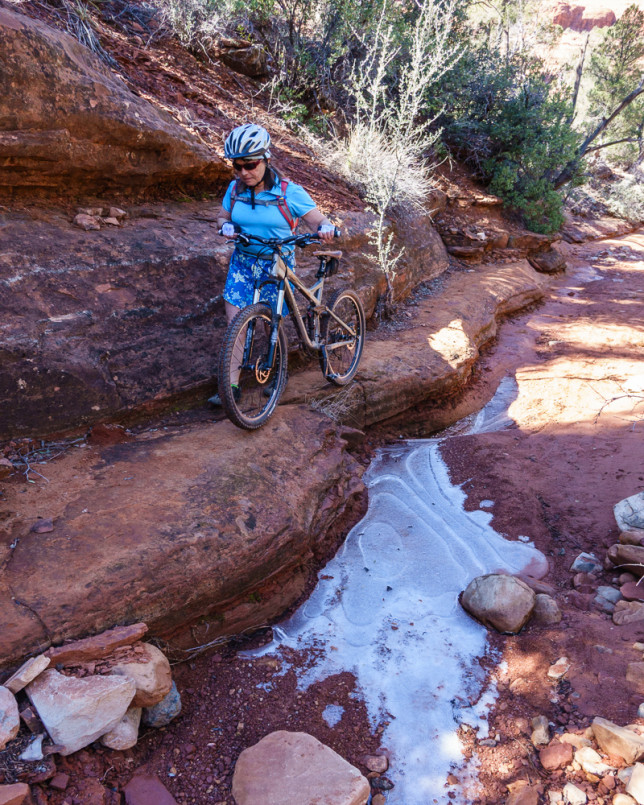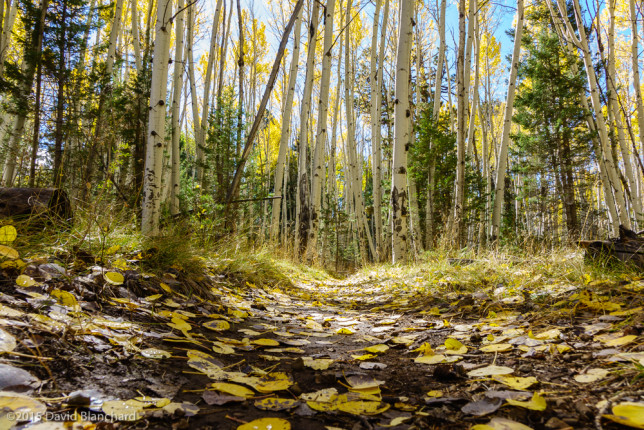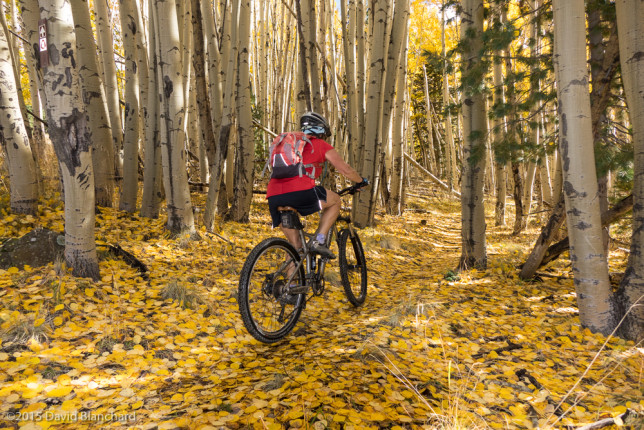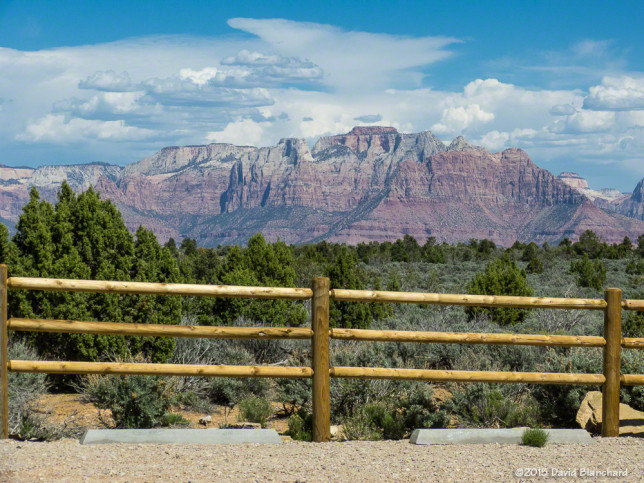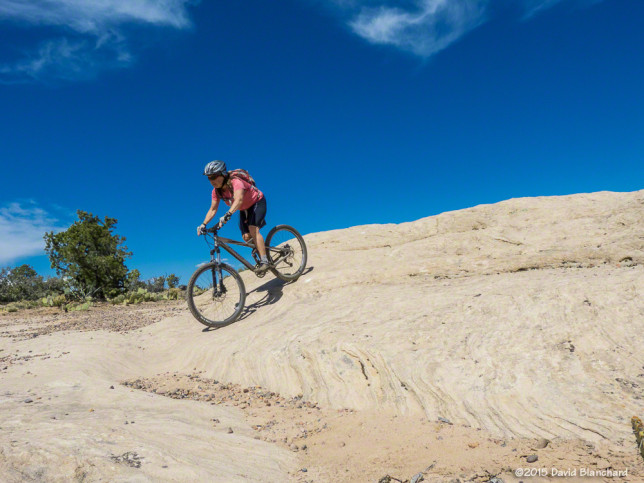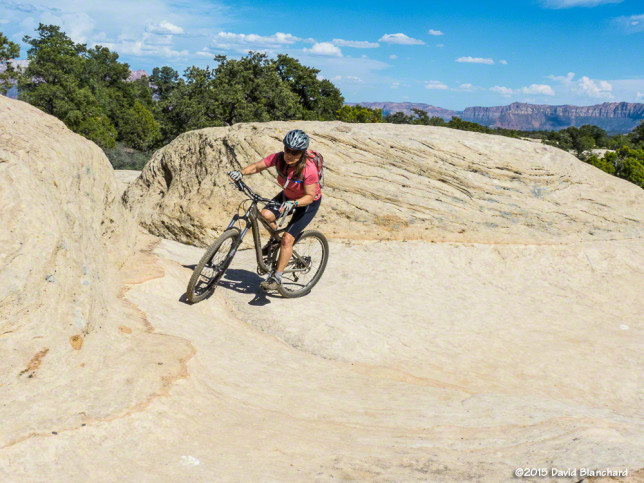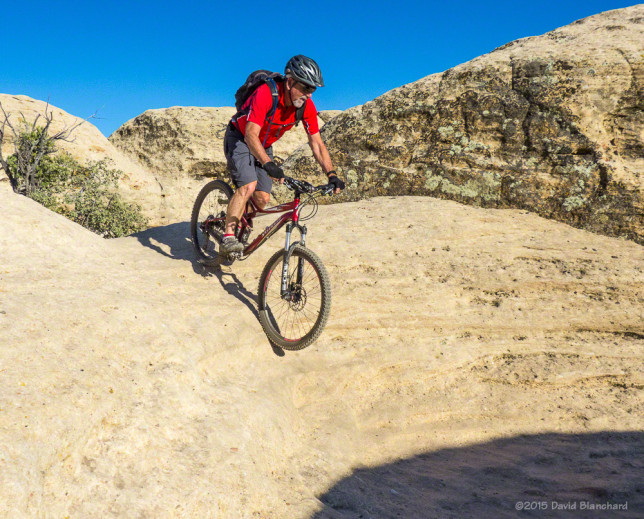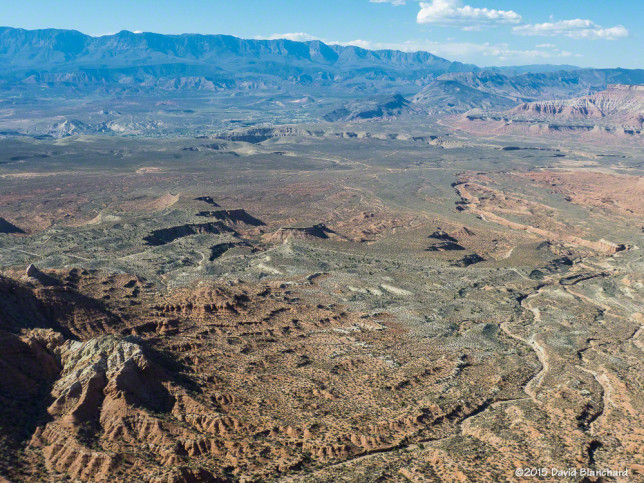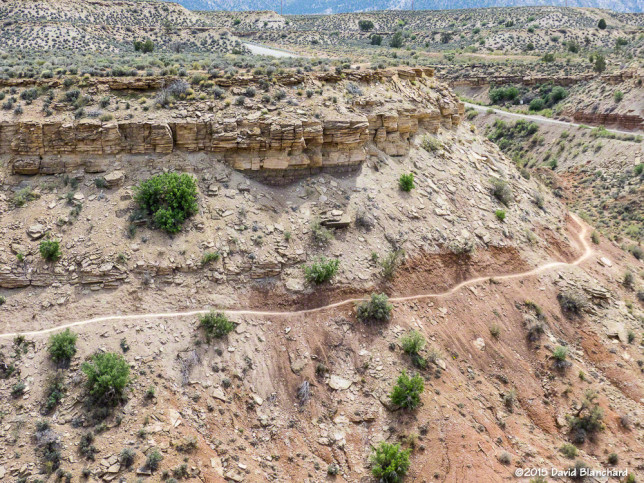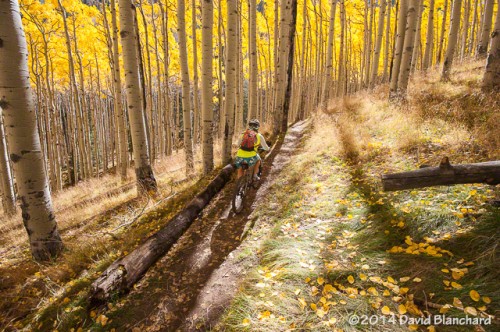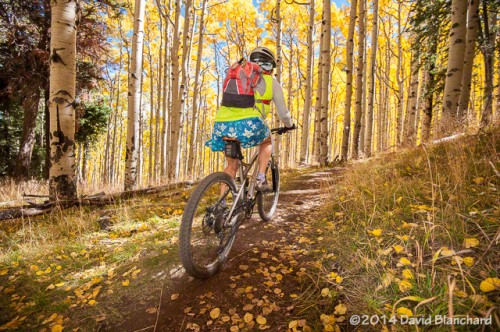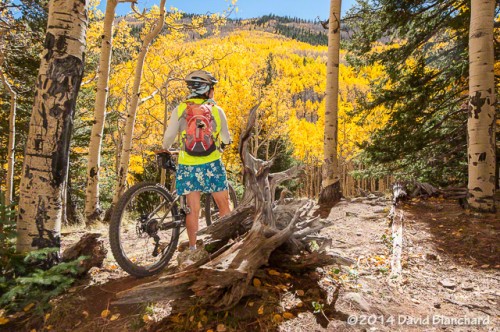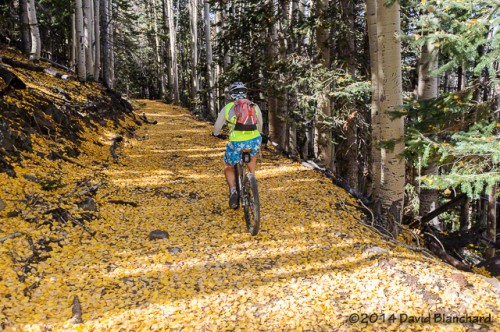After an early start to the summer rainy season, the pattern reverted back to hot and dry across the southwest. And not just for a day or two but for more than a week. Two weeks, even.
With continued warm and dry weather expected we headed to Durango, Colorado, for a few days of mountain biking and hiking. We already had a few ideas for trails and we figured we’d get more while in town.
On our first day of riding we did the Dry Fork–Colorado Trail–Hoffheins loop with an extension on the Colorado Trail to the local “high point” giving us a total of about 17 miles. There were plenty of wildflowers along the Colorado Trail section along with occasional views of distant peaks. We also saw a family of wild turkey but, as usual, they were easier to see than to photograph.





Our next ride was Lower Hermosa Creek trail. We opted to hire a shuttle to drop us off at the high point. From here, it was a 5-mile downhill cruise on well-maintained Forest Service roads along East Hermosa Creek (and within sight of Purgatory Ski Resort) before hitting the actual trail head for Lower Hermosa Creek. From the trail head it’s about 19 miles to the trail terminus.



Wildflowers were in abundance and water was flowing down the creek. The first third of the trail was a double-track and open to motorized vehicles although we saw none. We stopped often to enjoy the scenery and I took many photos along this section. The middle third was narrow single track with the creek far below us. And the final third may have had more uphill than downhill resulting a lot of HAB (i.e., Hike-a-Bike). Alas, there are no photos from this section—we were too busy trying to ride!
And the final stretch was a fast downhill on gravel and paved roads from the trail terminus to where we had parked our car earlier that morning.



For our final day we decided to put the bikes away and hike up Engineer Mountain from Molas Pass. Our goal was fairly modest; we were not seeking to hike to the summit but only to the wildflower-filled meadows. We were not disappointed with the wildflowers. No, not at all!

